
FIG.1

FIG.2
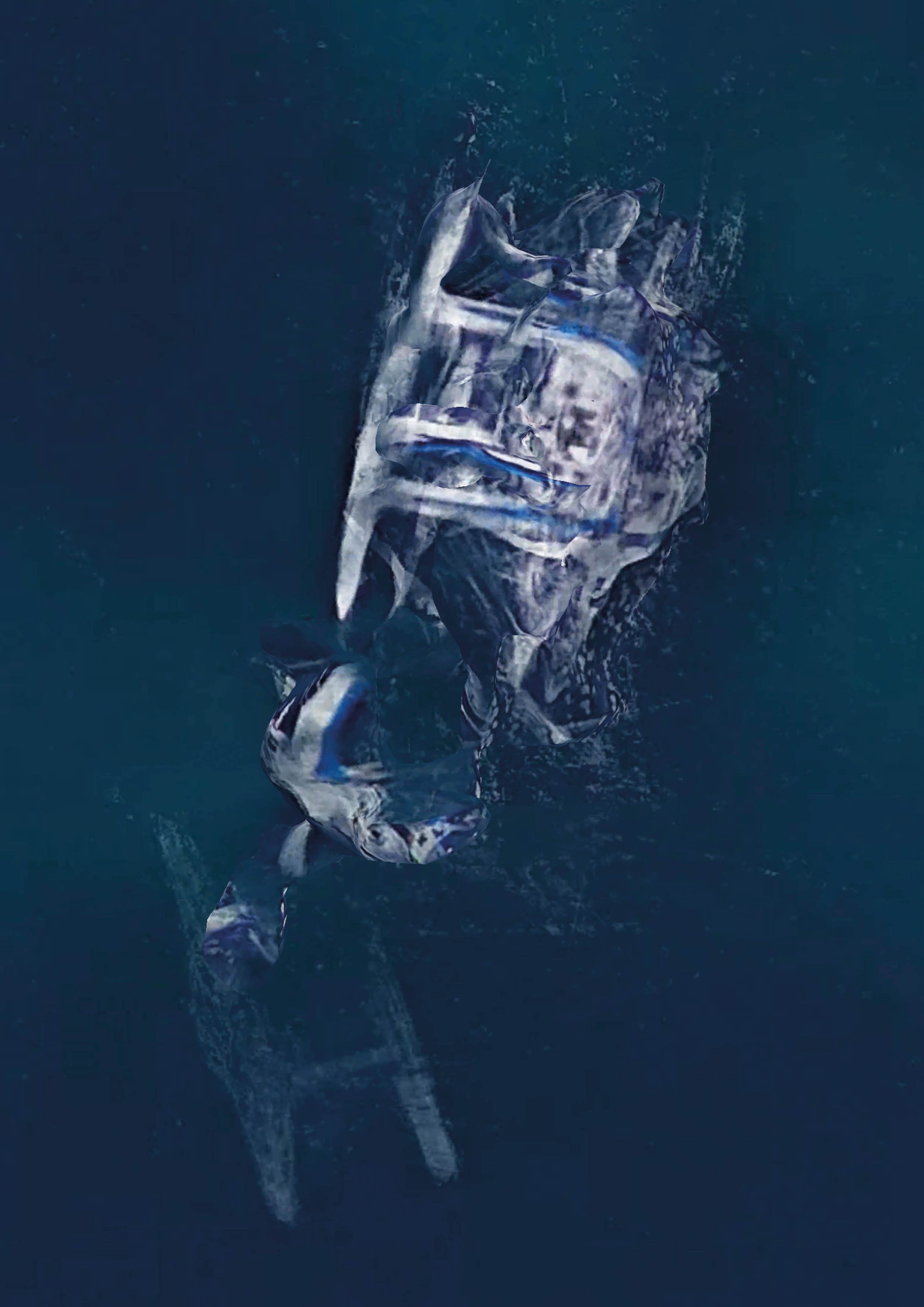
FIG.3
PROJECT
PRINTS
ALL IMAGES
Google Earth
MARCH 22 - ONGOING
Algofictions
PRINTS
ALL IMAGES
Google Earth
Maxar Technologies
MARCH 22 - ONGOING
WORK IN PROGRESS.
PLEASE SEE FADING PLANES FOR FURTHER DEVELOPMENT.
PLEASE SEE FADING PLANES FOR FURTHER DEVELOPMENT.
Creative algorithms of contemporary digital mapping systems are programmed to erase transports from the mapped territory. From a technical point of view, these systems seek a clean presentation of the represented territory. The poetics of the contemporary infrastructure landscape is reduced. The human figure is not visually presented but travels inside these transports. This phenomenon posits a dehumanisation of the image that illustrates the represented territory we inhabit, Earth.
From an artistic point of view, through speculative practice, algorithms can behave humanly. The phenomena of erasing transports and humans can be interpreted as a psychopathic action –algorithms are assassins. By personifying the assets of this action, we are left with a destructive message: algorithms are eliminating the human. What does this evoque? What signs can we deduce from this action? Why does the territory in contemporary macro-cartographic systems have to be represented clean, without humans, without transport? If maps are colonisation tools and transport a paradox of globalisation, what roles, frameworks and behaviours can be attributed to the actions conceived by algorithms and satellites at service?
This practice consists of a collection of algorithmic errors that are manoeuvred through speculative narratives, to create extensions and alternative stories of technology.

FIG.4
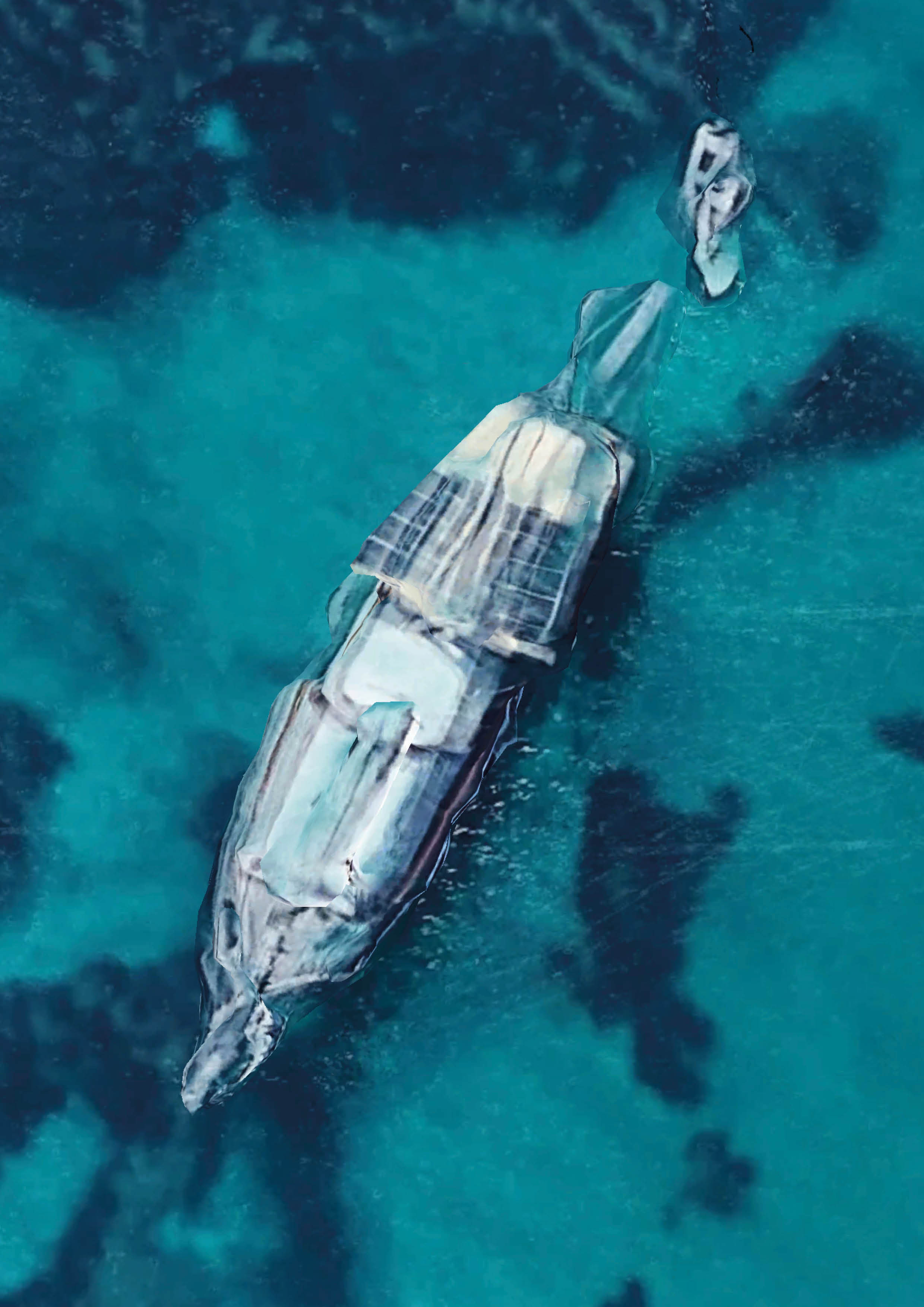
FIG.5
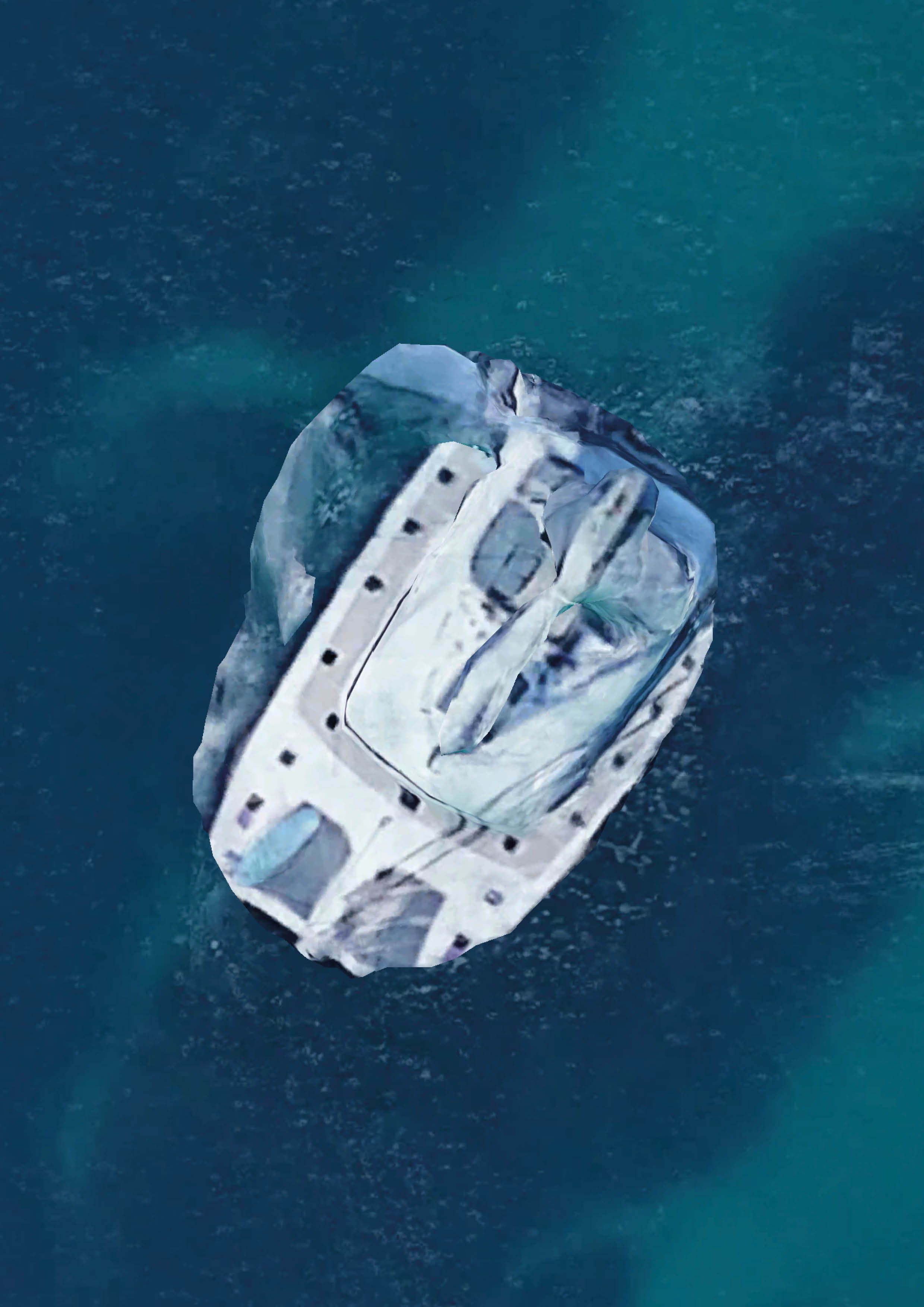
FIG.6
BACONIAN DEFORMATIONS
FIG.1,2,3,4,5,6
FIG.1,2,3,4,5,6
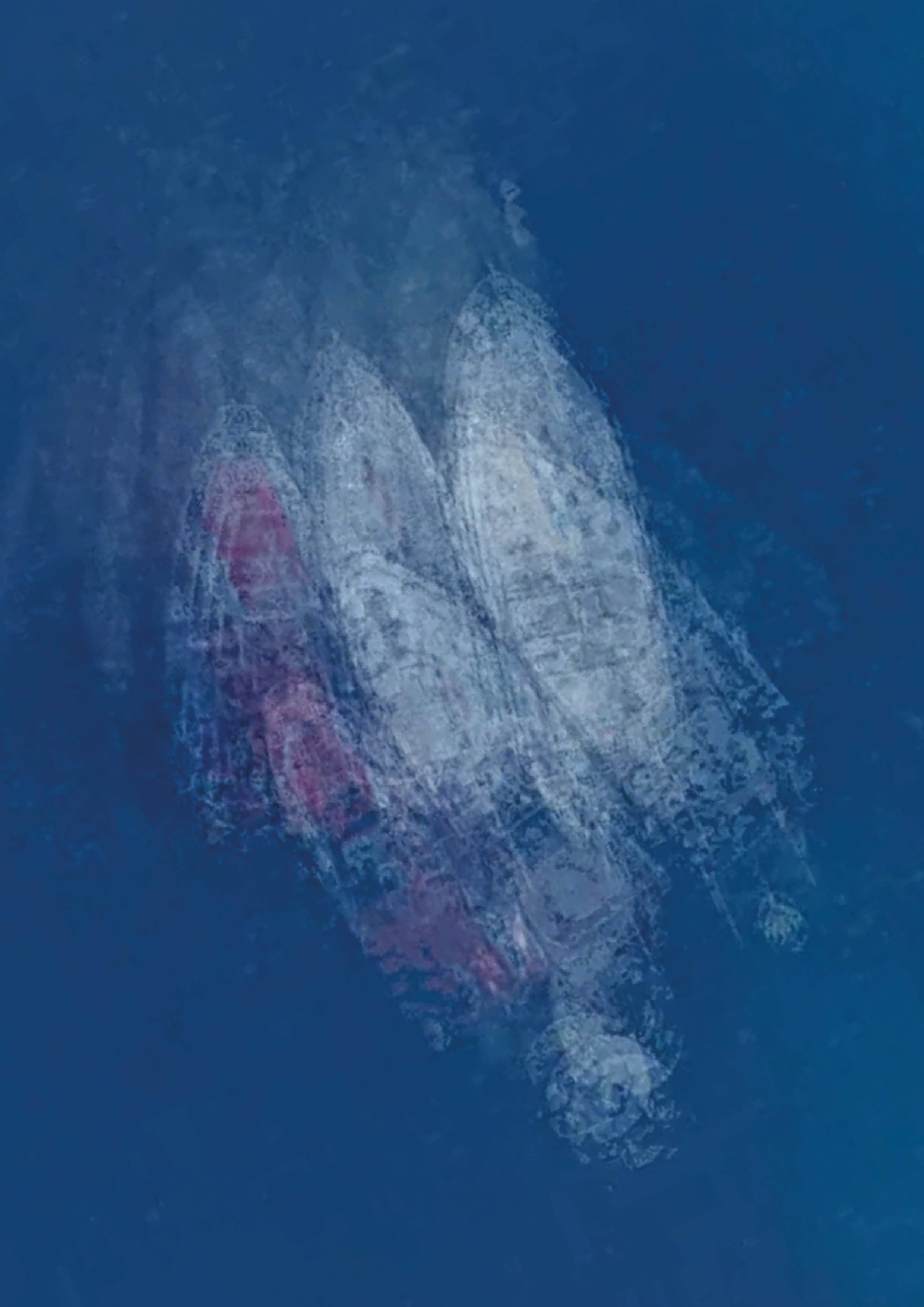
FIG.7

FIG.8
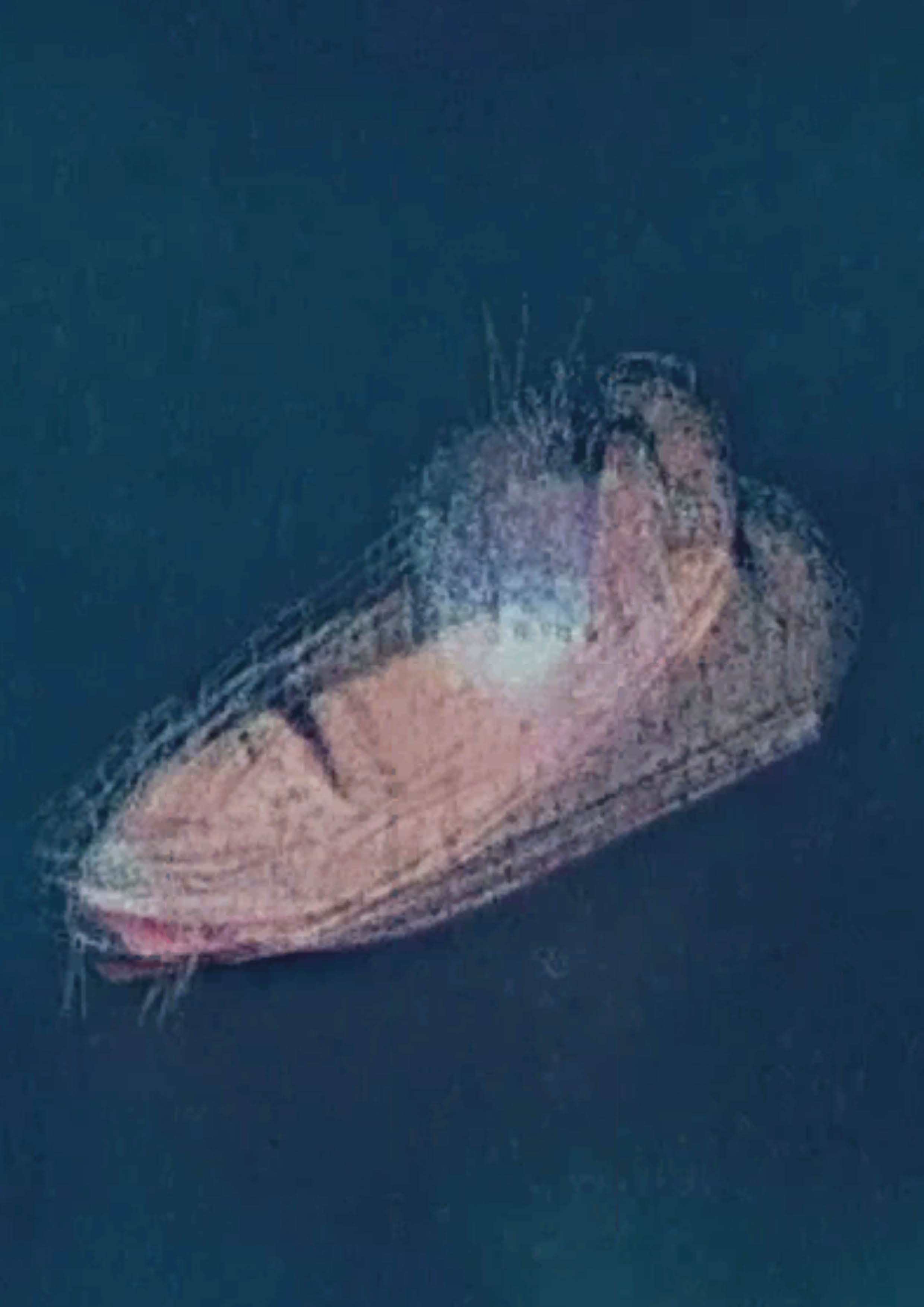
FIG.9
DOPPELGÄNGERS
FIG.7,8,9
FIG.7,8,9
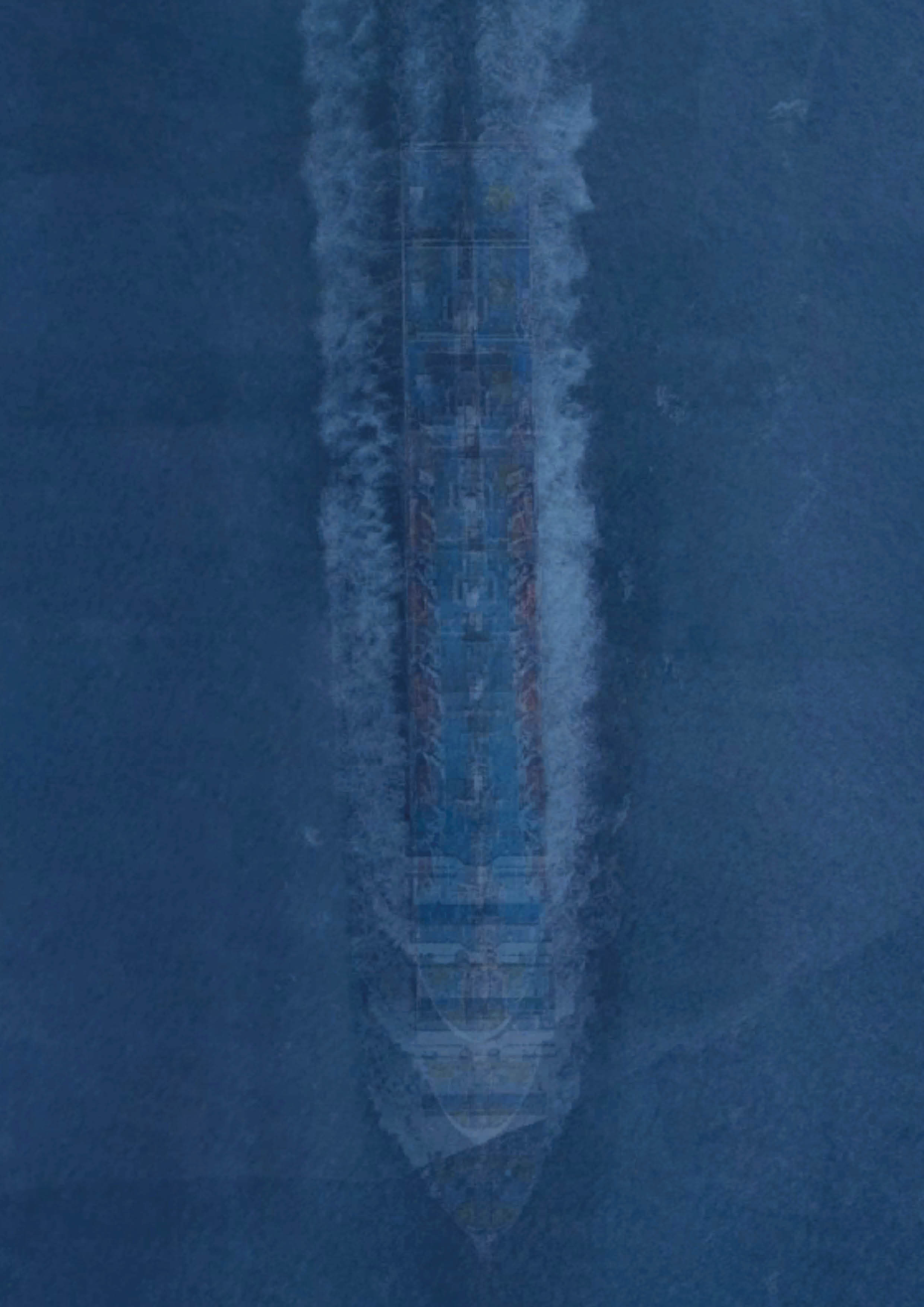
FIG.10
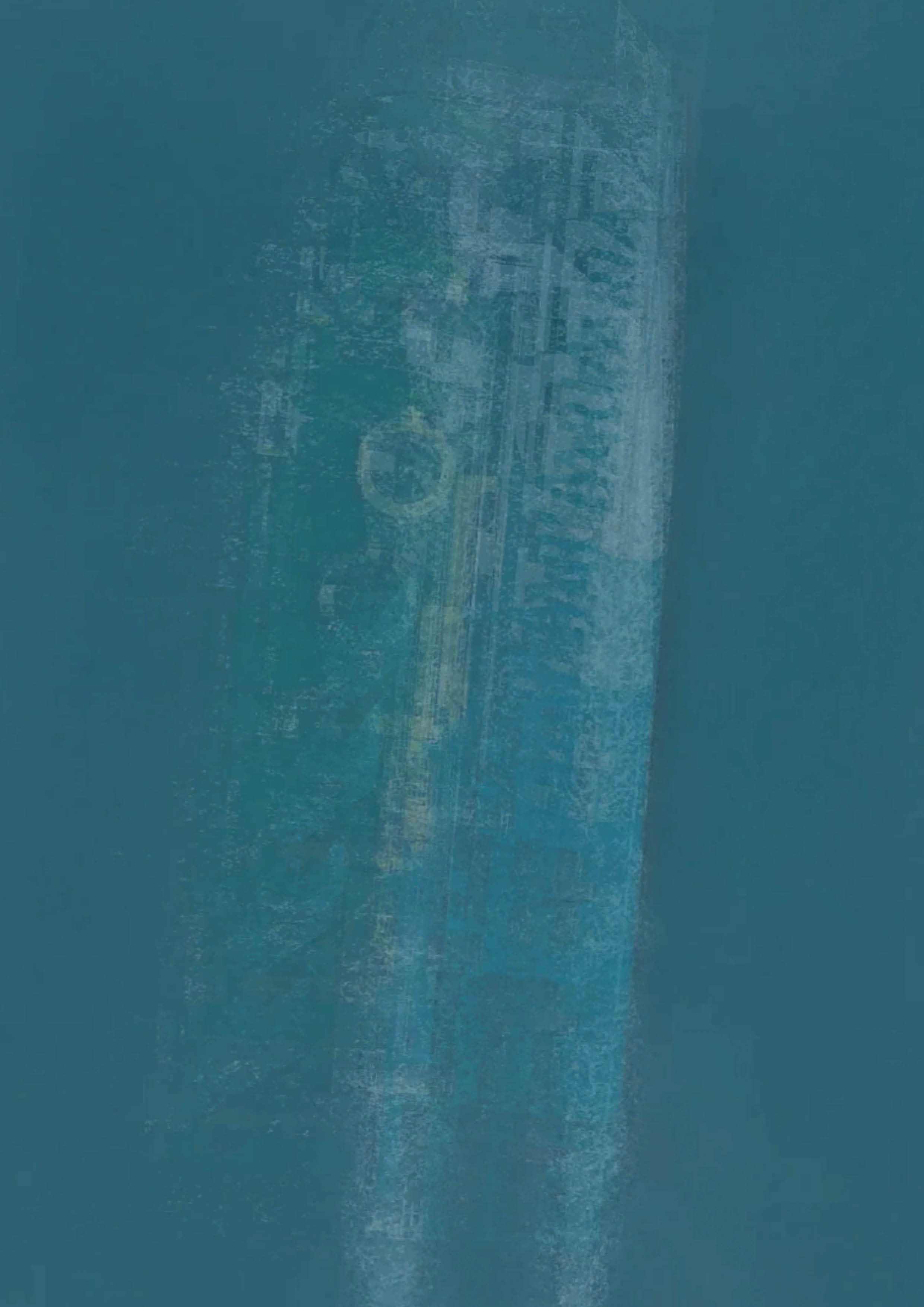
FIG.11
SPECTRAL TRACES
FIG.10,11
FIG.10,11
Our contemporary visual culture is saturated by views from above. From our virtual zenith, we observe photographs, taken by satellites, of aeroplanes and boats with people inside, retouched and removed by algorithms. The heavy metal of some of these transports is deformed to bubbly shapes. In other cases, the heavy metal fades to transparency. Inside these ghostly transports, there are people. Are these persons also fading and distorted in the image?
In digital mapping representational systems, algorithms are trained to erase people and transports. Trevor Paglen refers to Harun Farocki as “one of the first to notice that image-making machines and algorithms were poised to inaugurate a new visual regime. Instead of simply representing things in the world, the machines and their images were starting to “do” things in the world”, thus condemning the human eye to an anachronistic existence, “machines were starting to see for themselves”.

FIG.12
SINKING SHIP
FIG.12
FIG.12

FIG.13
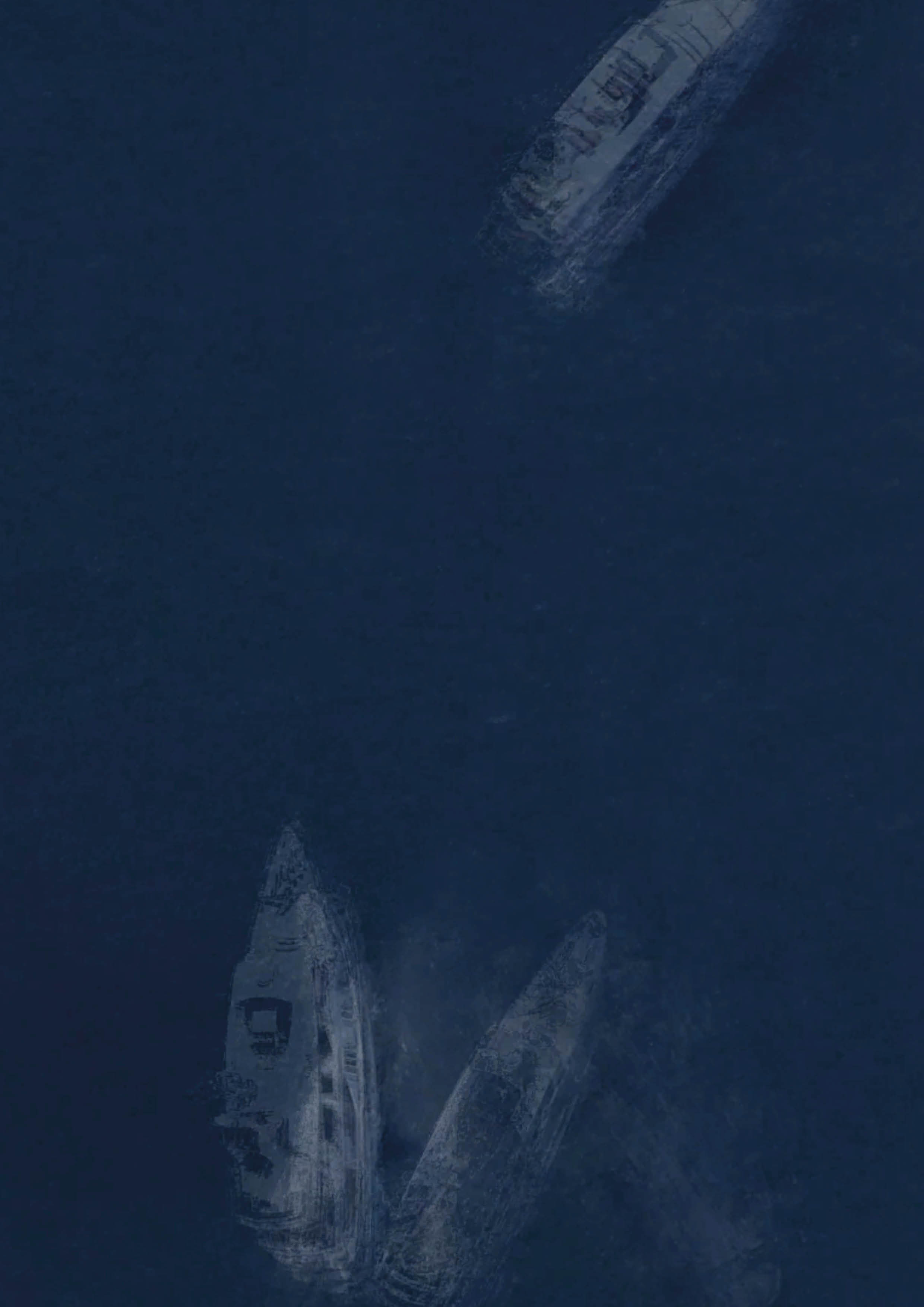
FIG.14

FIG.15

FIG.16
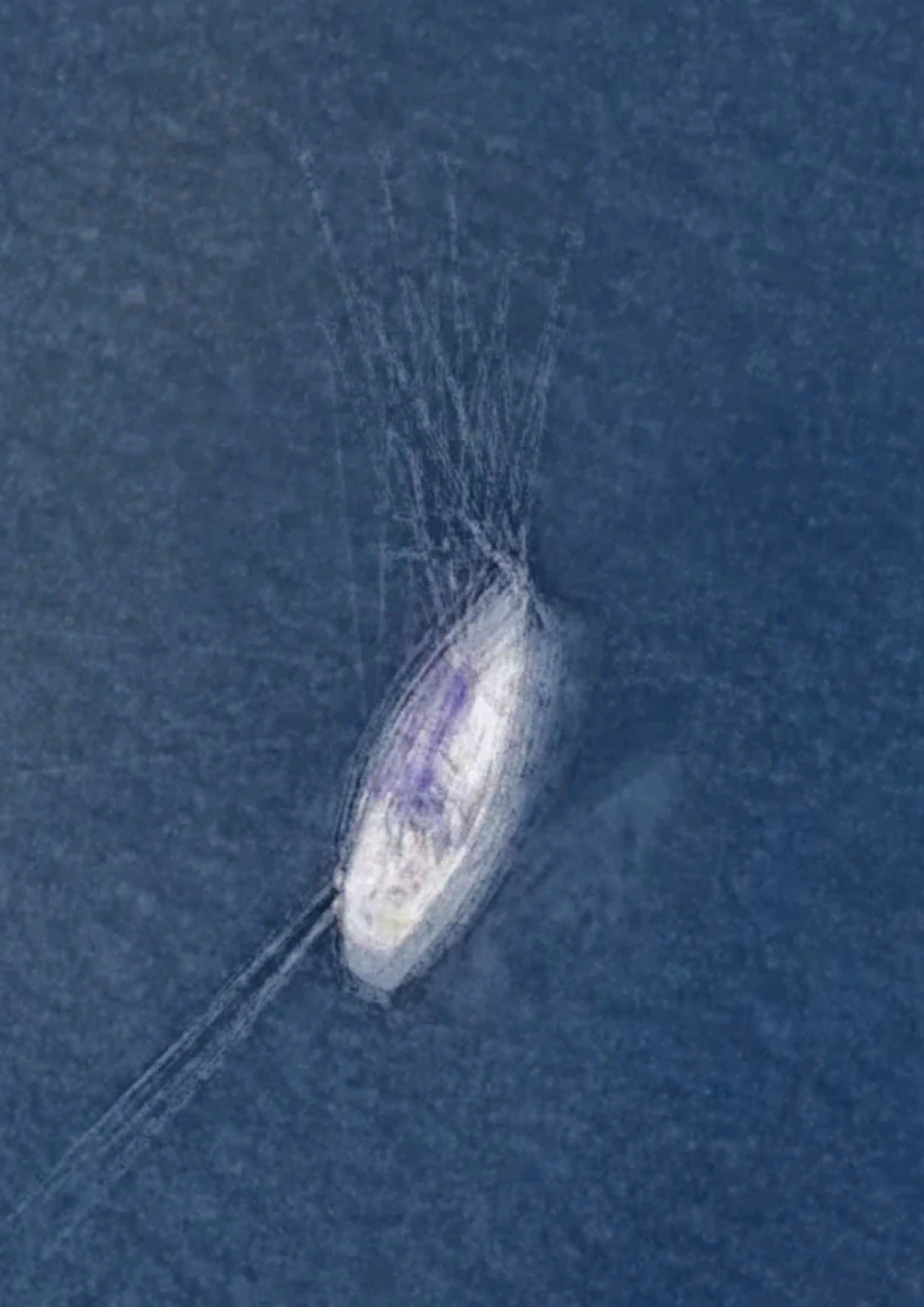
FIG.17
DOPPELGÄNGERS
FIG.13,14,15,16,17
FIG.13,14,15,16,17
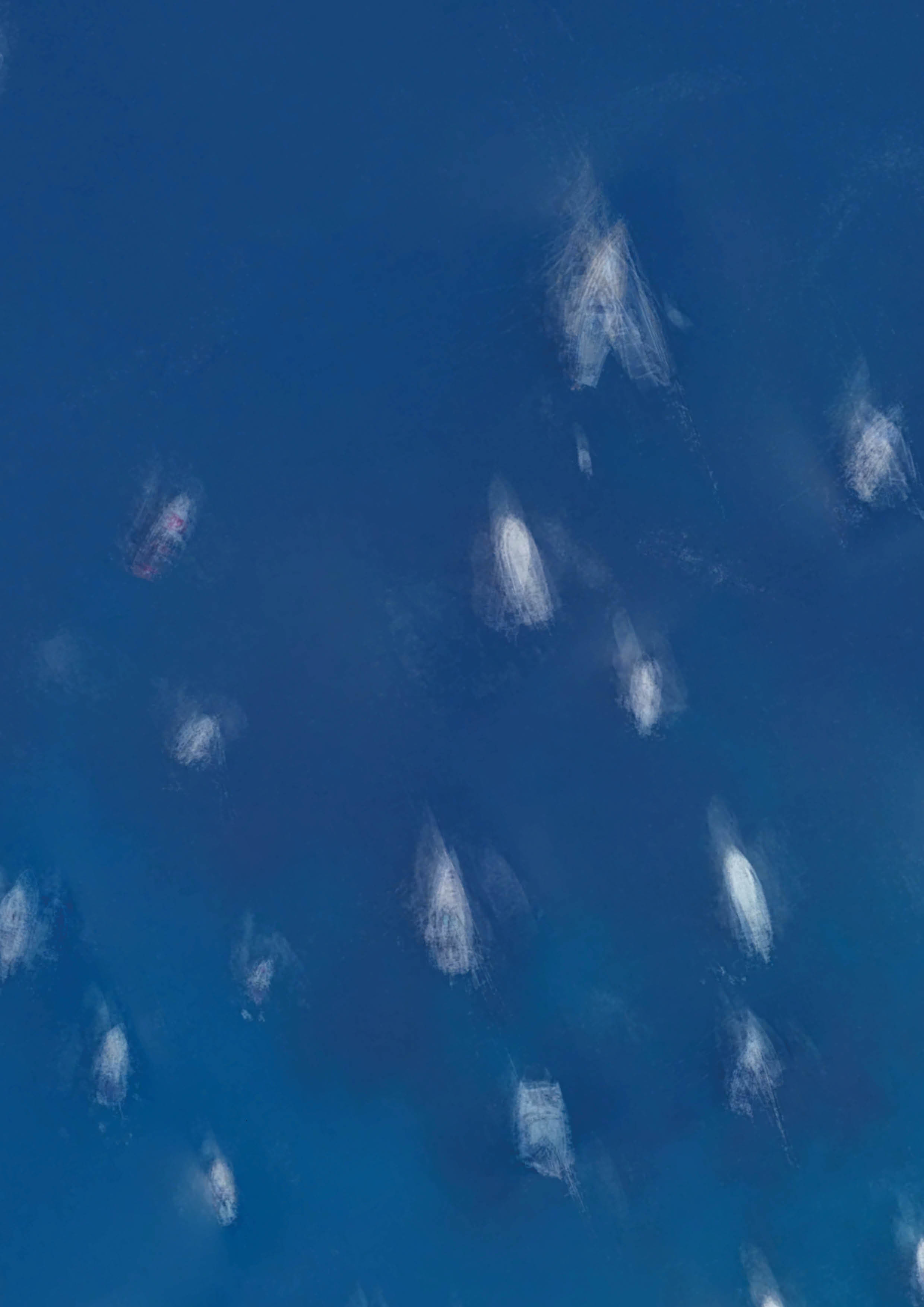
FIG.18
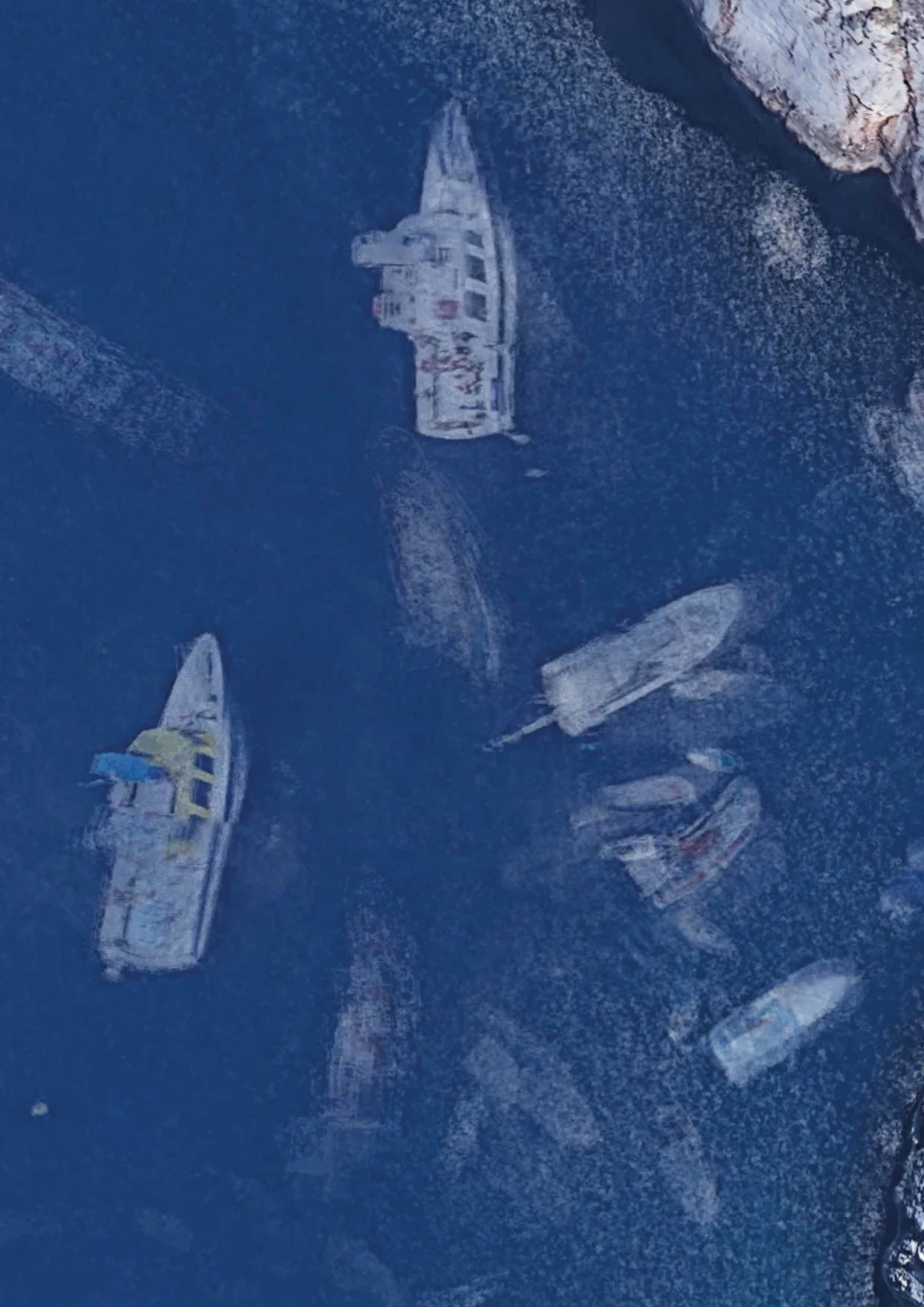
FIG.19

FIG.20
GHOST TOURS
FIG.18,19,20
FIG.18,19,20
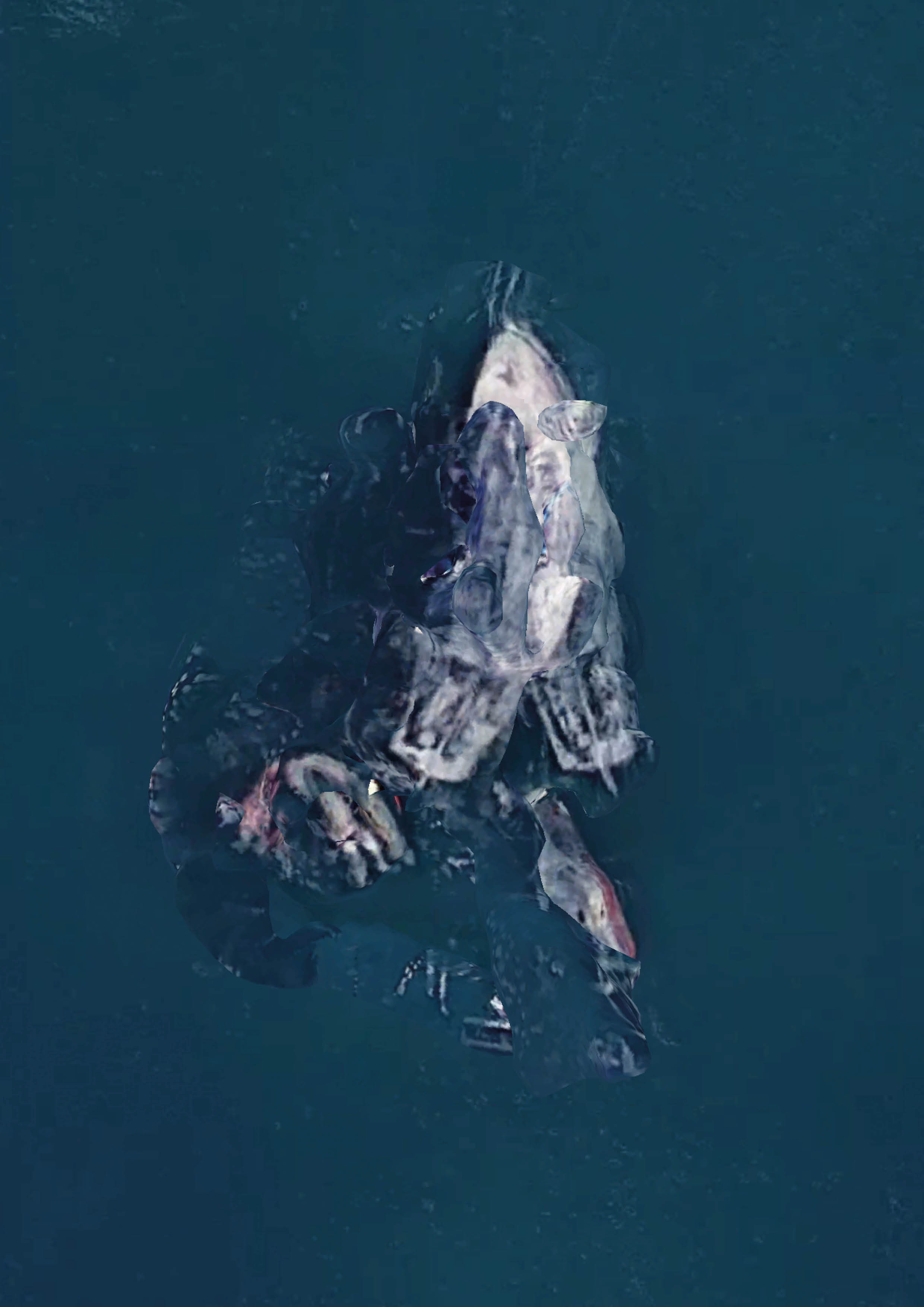
FIG.21

FIG.22
LATE STAGE BACONIAN DEFORMATIONS
FIG.21,22
FIG.21,22

FIG.23

FIG.24

FIG.25
BACONIAN DEFORMATIONS
FIG.23,24,25
FIG.23,24,25
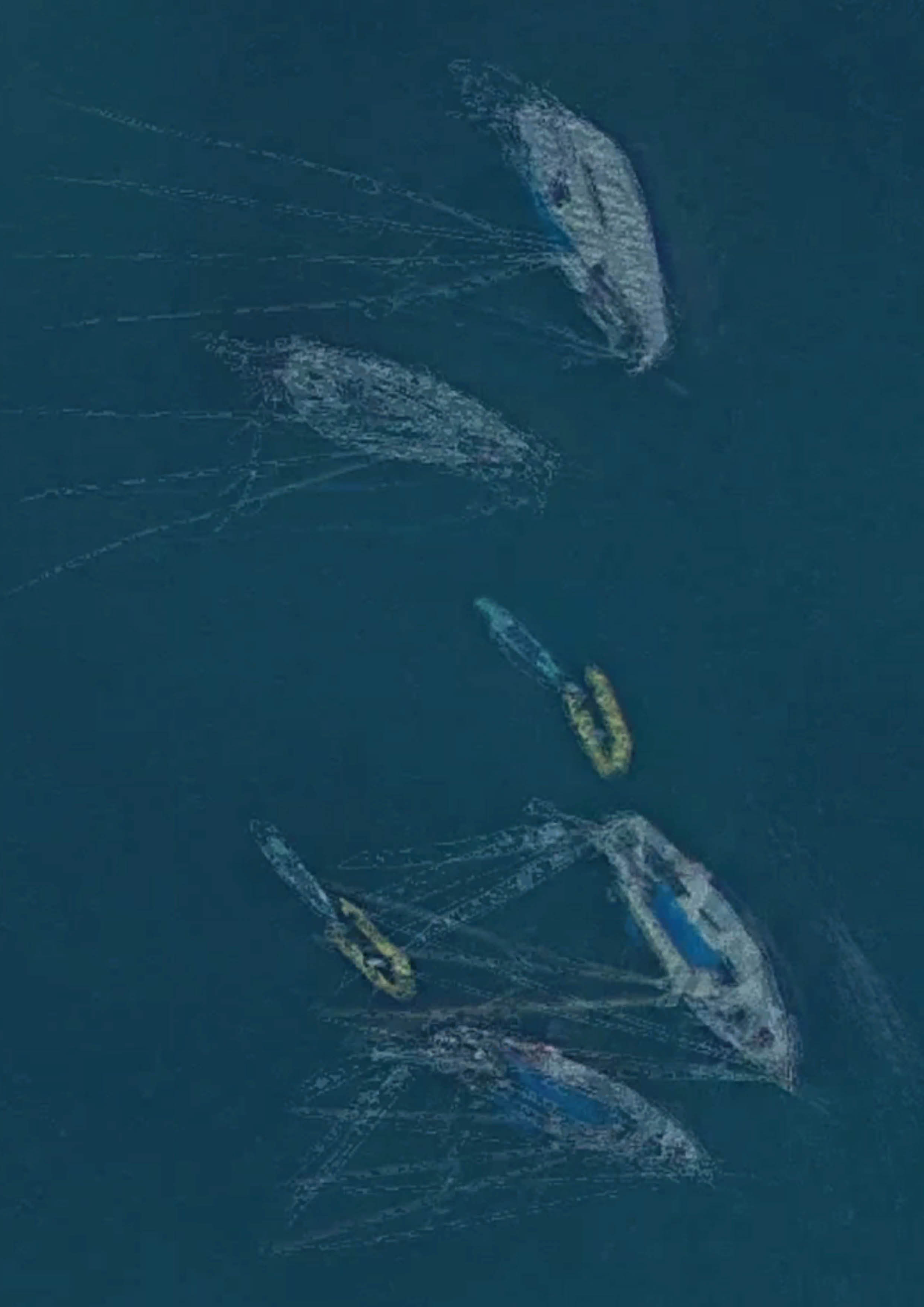
FIG.26
DOPPELGÄNGERS TOUR
FIG.26
FIG.26